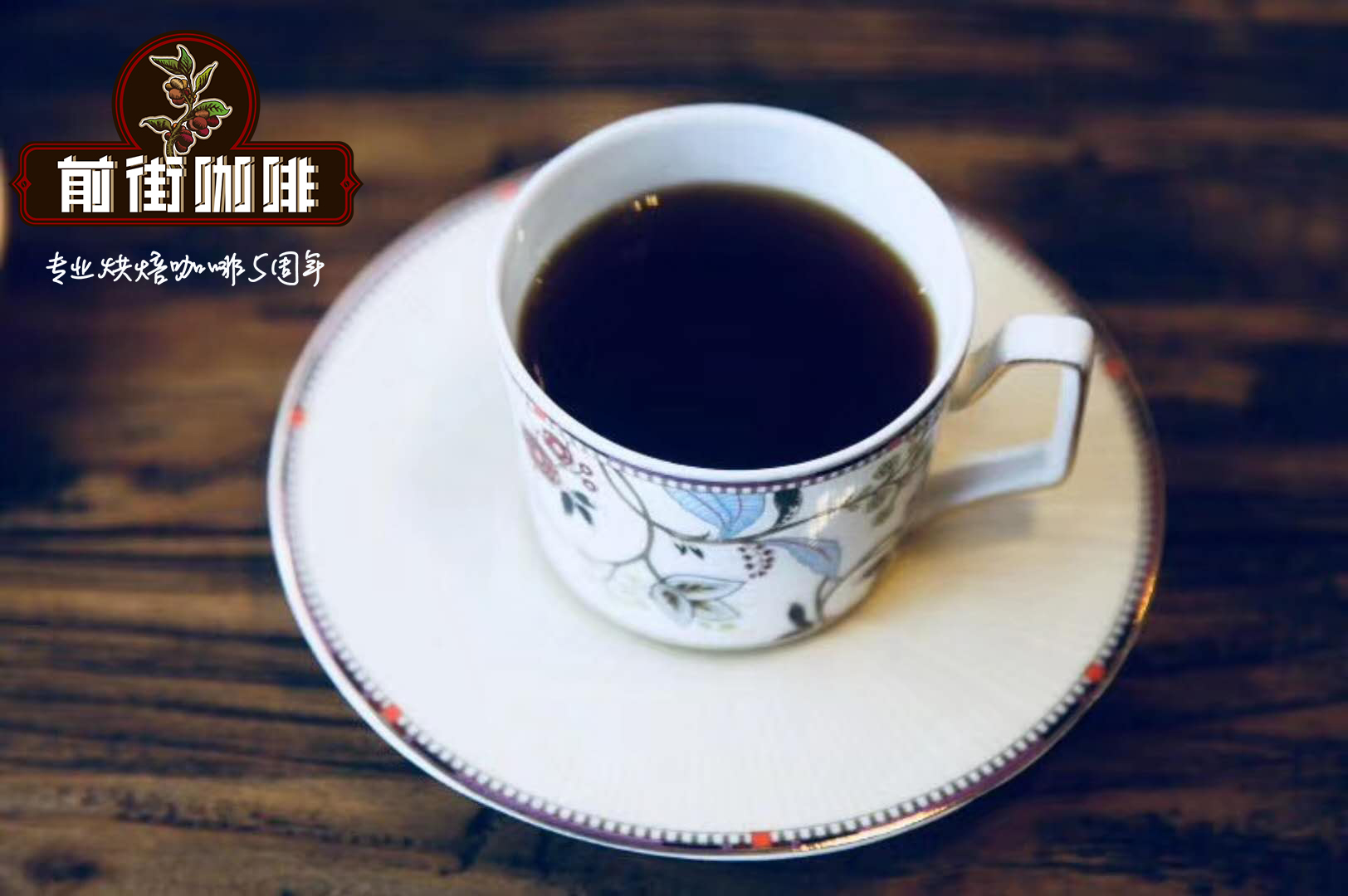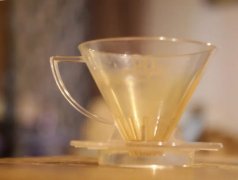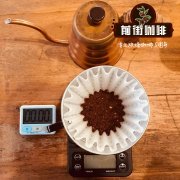What is the Nyika and Agaro coffee in Malawi? What are the characteristics of Katimo coffee?

Professional coffee knowledge exchange more coffee bean information please follow the coffee workshop (Wechat official account cafe_style)
Among the many kinds of coffee beans, only a small part of them actually make coffee. The three most basic categories, known as the "three native species of coffee", are Arabica, Robusta and Liberia.
Arabica (Arabica)
Small fruit coffee, commonly known as Arabica, is the most widely circulated and planted coffee on the market, accounting for 70% of the world's coffee production. Arabica beans are difficult to grow, unable to adapt to the changing environment, and need to be taken care of carefully. But Arabica has a rich and excellent aroma and flavor, becoming a boutique coffee is almost Arabica.
Robusta (Robusta)
Medium fruit coffee or Congo coffee, commonly known as Robusta. Robusta can be said to grow casually, is not afraid of insects, and can survive in any soil or environment. He is simply a cockroach that cannot be killed. Therefore, the price is low, but it has a strong bitter and sour taste, and the caffeine content is twice that of Arabica. I'm sure you've all had it, because Robusta has a low cost. Most of them are made into instant coffee or mixed with Arabica beans to reduce the cost to make Italian coffee. Commercial beans should also be mixed. If you want to drink Robusta, you can find commercial beans to drink.
Liberia (Liberica)
Daguo coffee, commonly known as Liberia, is as pest-resistant as Robusta and suitable for high-temperature and humid environments, but it is not widely cultivated and is mostly grown in South Africa, which is preferred by Nordic people. I heard that there is an invasive taste like traditional Chinese medicine. Liberia is not common on the market. If you want to drink Liberia in Taiwan, you may have to look for raw beans and bake them yourself.
Katimo (catimor)
The hybrid of Kaddura and Timo, found in Portugal, has high productivity, but the flavor inherits from its grandfather. Robusta, which tastes bitter and sour, is grown as a commercial coffee.
Nyika:
Also known as Catimor 129. the catimor variety with high yield / dwarf plant selected by catimor (Caturra x Timor Hybrid 1343) in Colombia has green leaf tip, large bean size and certain resistance to coffee leaf rust and coffee berry disease (CBD). It can be harvested in the second year and can be seen in Malawi, Zambia and Zimbabwe.
The introduction of Malawi began in the European Union, hoping to gradually replace the aging agaro or geisha varieties with high-yield catimors, and because catimor can reduce the use of expensive fungicides, these characteristics slowly restore the smallholder production system. Of the five strains introduced at that time, only one Cat129 showed some resistance to CBD.
Agaro:
Agaro, a regional variety from Ethiopia (so named after the city), borrows a paragraph from the draft that is still being written,'on Ethiopian Coffee Varieties_Counter culture coffee'agaro should belong to local landraces (original types) in two categories of Ethiopian coffee varieties: varieties that selected from forest is like Gujicha, Dega, Wolisho, kurume written earlier; according to coffee review 2011, cupping on the variety presents a citrus line and floral aroma similar to gesha.
END
Important Notice :
前街咖啡 FrontStreet Coffee has moved to new addredd:
FrontStreet Coffee Address: 315,Donghua East Road,GuangZhou
Tel:020 38364473
- Prev

How to flush the KONO filter cup? What's the difference between one-cut flow and segmented extraction?
When the editor uses the KONO filter cup to make coffee, he is thinking that the KONO filter cup is extracted by immersion, and the flow rate is relatively slow. The usual brewing method used by the editor is segmented extraction, while the segmented extraction can control the flow rate and increase the extraction of coffee.
- Next

The packing weight of coffee beans is 16 ounces, which translates to about 454 grams per bag
Professional coffee knowledge exchange more coffee bean information please pay attention to the coffee workshop (Wechat official account cafe_style) coffee beans 16 ounces is about 454g each bag of coffee beans is 16 ounces, that is, about 454g per bag of coffee, it was the time when Britain was strong, and because of the second World War (soldiers were energetic after drinking coffee), most people went to coffee.
Related
- Beginners will see the "Coffee pull flower" guide!
- What is the difference between ice blog purified milk and ordinary milk coffee?
- Why is the Philippines the largest producer of crops in Liberia?
- For coffee extraction, should the fine powder be retained?
- How does extracted espresso fill pressed powder? How much strength does it take to press the powder?
- How to make jasmine cold extract coffee? Is the jasmine + latte good?
- Will this little toy really make the coffee taste better? How does Lily Drip affect coffee extraction?
- Will the action of slapping the filter cup also affect coffee extraction?
- What's the difference between powder-to-water ratio and powder-to-liquid ratio?
- What is the Ethiopian local species? What does it have to do with Heirloom native species?

